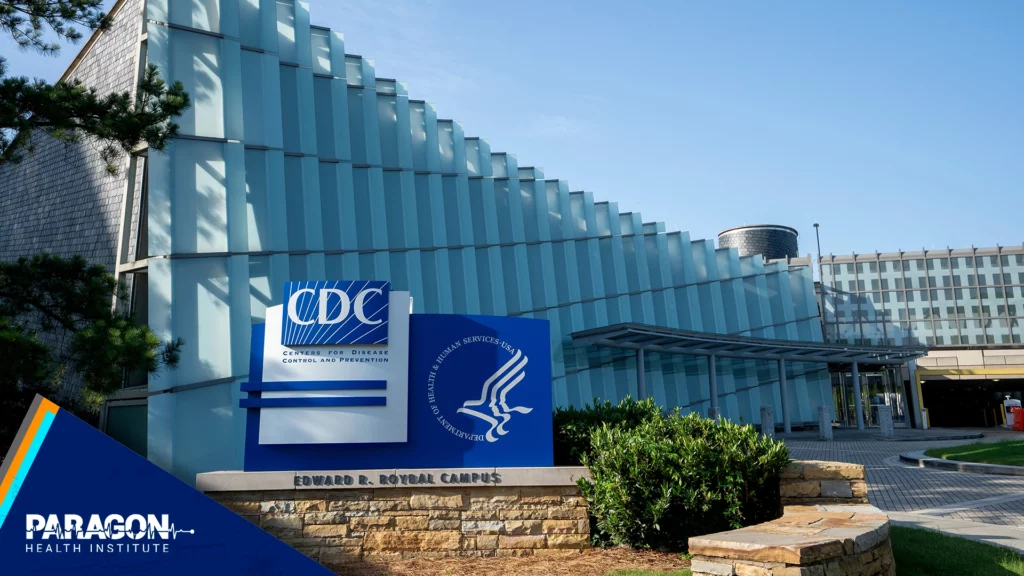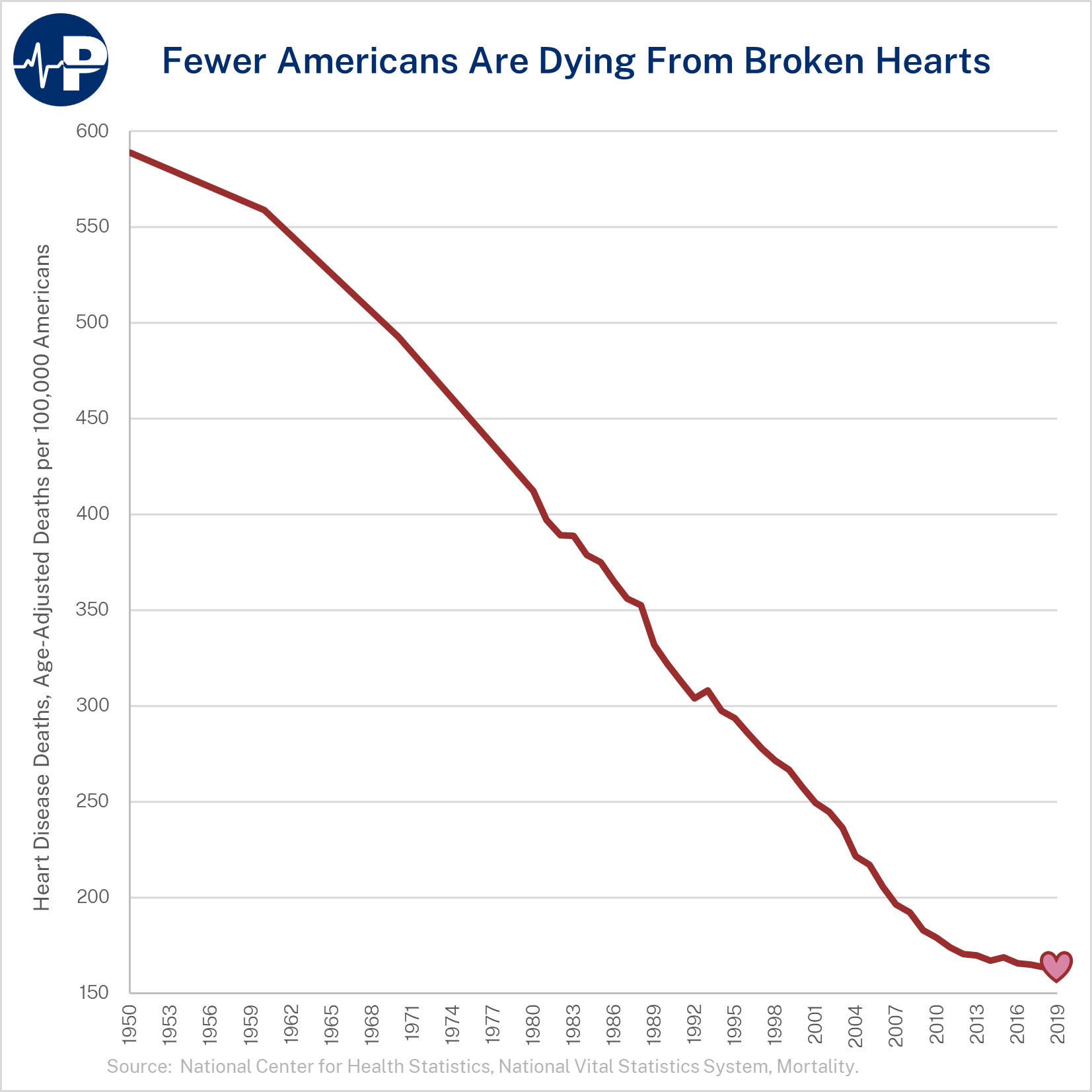On May 3, 2023, Paragon’s Joel Zinberg and Drew Keyes published a response to a request for information (RFI) on congressional efforts to reform and improve the Centers for Disease Control and Prevention (CDC). The RFI came from Representative Mariannette Miller-Meeks.
Dear Representative Miller-Meeks,
Thank you for your request for information on congressional efforts to reform and improve the Centers for Disease Control and Prevention (CDC). It is heartening to see Congress finally prioritize an agency that it has for too long allowed to run without real congressional authorization or oversight.
The CDC’s recent failures have been noted by many people across the political spectrum. The agency’s director, Dr. Rochelle Walensky, has acknowledged that CDC has been “responsible for some pretty dramatic, pretty public mistakes, from testing to data to communications.”1 Its failed response to the COVID-19 pandemic has resulted in a fractured discourse, which has fueled growing distrust of public health authorities.2
The agency’s COVID-19 failures were legion.3 It impeded testing capabilities at the onset of the pandemic by distributing a faulty test and prohibiting use of other effective tests, causing efforts to combat the outbreak to fall hopelessly behind.4 It relied on faulty science in advancing damaging guidance on masking and social distancing that led communities that trusted its authority to impose mandates that often did more damage than good. It communicated incomplete and inconclusive data as scientific fact and excluded people with opinions that didn’t fit with its narrative. It maintained a COVID-19 testing mandate for air travelers entering the United States well past the point that it was necessary while at the same time ending enforcement of Title 42, the public health measure that barred untested, illegal immigrants from staying in the country.5 And it tried to impose a scientifically and legally dubious nationwide eviction moratorium until stopped by the courts. These actions often seemed to be politically motivated and thus increased Americans’ distrust that came from the agency’s failures.
This response precedes a forthcoming paper from the Paragon Health Institute that will outline exactly how the CDC came to its current predicament. It will make the case for Congress to comprehensively authorize the CDC for the first time and, in doing so, reaffirm the agency’s original and core mission to combat communicable, infectious diseases. Other priorities—such as broad prevention initiatives, social determinants of health, environmental issues, and violence prevention—are outside the scope of CDC’s core competency and duplicate efforts at other agencies. They should be moved out of the CDC’s purview. We propose the following:
1. Fully Authorize the CDC
The CDC has never been fully authorized.6 When it opened its doors on July 1, 1946, it did so entirely through the executive branch. Since then, it rapidly expanded in the executive branch through appropriation committees in Congress with only sporadic congressional oversight.
The CDC’s expansion and activities have been determined by executive branch bureaucrats, not the people’s representatives. Congress has largely rubber-stamped these reorganizations and spending expansions through the appropriations process.7 Over the years, more and more of the agency’s spending has been through unauthorized appropriations. This reached a recent high last year when 48 percent of the agency’s spending was through unauthorized appropriations.8
This unauthorized, haphazard expansion left the CDC unable to respond to the public health threats it was created to counteract. In separate depositions given to the House Select Subcommittee on the Coronavirus Pandemic, former CDC Director Robert Redfield and former Assistant Secretary for Health Brett Giroir both pointed to the CDC’s lack of focus as a cause of its poor response.9
While the CDC’s current director has acknowledged agency mistakes during the COVID-19 pandemic, her statements suggest a misunderstanding of the real problems. The agency claims that its shortcomings were in “communications” and due to “chronic underfunding.”10 Yet Congress has never spent more through the CDC than it has in the past three years, and the agency’s megaphone has never been louder. Instead of using the moment to restore the agency’s ability to effectively execute its core mission, the CDC is seeking additional funding and authority to continue its push into politically charged social issues. The agency, following in the footsteps of its forebears, wants to pursue new roles—to the detriment of its core mission.
Congress should engage in the hard work of outlining exactly what activities the CDC should and should not undertake. Unless Congress acts, the agency will continue its aimless expansion into non-core missions, leaving the country woefully unprepared for future real public health emergencies, including potential pandemics.
Recommendation: Congress should undertake a comprehensive, center-by-center authorization of the CDC, prioritizing communicable disease control over mission-creep priorities that have prevented the agency from effectively carrying out its core mission.
2. Return the CDC to Its Core Mission: Communicable Disease Control
In executing that authorization, Congress should prioritize the CDC’s original, core mission: infectious disease control. The CDC’s core competency, both historically and in modern times, is epidemiological expertise. Yet the agency has expanded beyond its mission to areas such as non-communicable diseases, injury prevention, climate change, racism, and so-called social determinants of health.11 Many of these areas are also addressed by other agencies within the Department of Health and Human Services (HHS). Allowing the CDC to venture into wholly unrelated activities has left the agency unable to carry out its core functions of tracking disease threats, collecting and disseminating data, and directing public health responses.
Realigning the CDC with its core mission and competency would mean shifting resources within HHS. Congress should determine where the agency has a comparative advantage in the federal government’s role in public health and redirect or eliminate CDC funding that does not address those areas. In restoring its core mission, Congress should take steps to put guardrails around the agency’s executive-branch-driven mission creep.12
Recommendations:
- Congress should end or transfer the CDC’s authority in activities unrelated to infectious, communicable disease control. Congress should conduct a center-bycenter analysis of the CDC’s current activities to assess redundancy and overlap with other federal public health agencies. In doing so, Congress should prioritize the agency’s role in epidemiological surveillance and shift resources unrelated to such activities to other agencies where applicable and consider cutting redundant expenditures.
- Congress should consider shifting certain agency activities in Chronic Disease Prevention and Health Promotion to other agencies and offices within HHS. Such activities include:
- The National Diabetes Prevention Program:13 Congress should shift data and surveillance activities within this program to the Agency for Health Research and Quality (AHRQ), research activities within this program to the National Institutes for Health (NIH), and grants for community-based diabetes prevention to the Office of the Assistant Secretary for Health’s Office of Disease Prevention and Health Promotion (ODPHP).
- Diabetes in Children and Youth:14 Congress should consider shifting data and surveillance activities for juvenile diabetes to AHRQ and research activities to NIH.
- General prevention activities: Congress should shift authority for certain preventive health activities to more applicable agencies. For example, Congress could shift authority for preventive health services grants and centers for research and demonstration of health promotion and prevention to ODPHP.15
- Congress should terminate the CDC’s authority related to tobacco- and violence-related activities.
- Congress should end or transfer CDC’s activities related to environmental health that are not related to the prevention of communicable disease. The CDC’s Climate and Health Program should be terminated or shifted to agencies with environmental expertise.
- Other activities Congress should consider ending or transferring include activities conducted at the National Institute for Occupational Safety and Health and the CDC’s Injury Center.
3. Restore Public Trust in the CDC
The worst consequence of the CDC’s poor pandemic performance is that much of the public has now lost trust in the agency. The agency started the pandemic as one of the most highly respected health authorities in the world. But there has been a significant erosion in public trust of the CDC over the course of the pandemic.16
The pandemic highlighted the CDC’s deficiencies in data collection, synthesis, and dissemination. More people relied on the data dashboard created by a first-year PhD student at Johns Hopkins University17 for up-to-date information than on CDC publications.
Congress took steps to “modernize” public health data surveillance in the Consolidated Appropriations Act, 2023 (P.L. 117-328). Those steps primarily included increased funding. However, inadequate funding was not the cause of the CDC’s pandemic failures.
Under current law, many of the CDC’s surveillance activities are routed through public or nonprofit private entities. As we saw during the pandemic, the CDC does not have the operational capability to synthesize this data during a public health emergency. The private sector does. This can be a tool if the CDC’s role as a data clearinghouse is properly outlined. Congress should empower the CDC to engage in more public-private partnerships. The CDC’s historical role in data and surveillance was in technical support—in modern times that means standardizing the data it is receiving and acting as a transparent information highway.
However, the CDC’s shortcomings during the pandemic went beyond these technical data collection and dissemination problems. Too often, the agency found itself issuing guidance that was beyond its authority or lacking scientific rigor.18 The American public viewed guidance coming from the CDC as wavering and unscientific at best and purely political at worst.19 In order to restore trust in the institution, Congress should take steps to strengthen the CDC’s guidance procedures.
Recommendations:
- Congress should amend the CDC’s current surveillance authority under the Public Health Services Act to allow for increased use of public-private partnerships for disease surveillance. Congress should prioritize privacy and ensure that any health information is properly de-identified.
- Congress should consider recommendations made by the Manhattan Institute’s Randall Lutter regarding restoring trust in the CDC’s guidance procedures. Such recommendations include ensuring that the CDC solicits public feedback, clarifying that the CDC’s guidance documents do not have the full force of law, establishing guidance databases that enable public access, and increasing transparency around the scientific evidence used in such guidance.20
Again, thank you for the opportunity to respond to this RFI.
Sincerely,
Dr. Joel M. Zinberg, M.D., J.D.
Director, Public Health Initiative
Paragon Health Institute
Drew Keyes
Senior Policy Analyst
Paragon Health Institute






